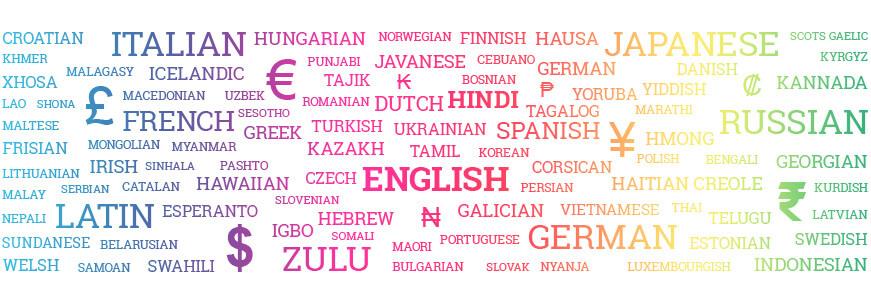Principle
Printer language is a command that controls the work of the printer. It tells the printer how to organize the printed documents. Under the control of the printer language, the print data from the computer is converted into The text and images available for printing are finally recognized and output by the printer. The printer language determines the complexity of the output layout of the laser printer, and is an important indicator to measure the performance of the laser printer.

Classification
There are two main types of printer languages: one is page description language (PDL), and the other is embedded language (Escape code language). The representative of page description language and embedded language are Adobe's postscript language (referred to as ps language) and HP's PCL language respectively. They are two laser printer languages that have become industry standards. When purchasing a laser printer, users should pay enough attention to the print processing language supported by the printer, and try to buy a laser printer that supports the latest version of the PCL language and PostScript language.
The printer control language directly affects the size of the printed file and the amount of content to be downloaded. An efficient control language can reduce the file size and download time, and increase the speed of formatting ordinary text into printed text. There are three control languages: PS, PCL, and GDI; printer controller, which is an important factor that affects the printing speed, it mainly affects the process that the printer transmits the processed received print job to the print engine for printing.
